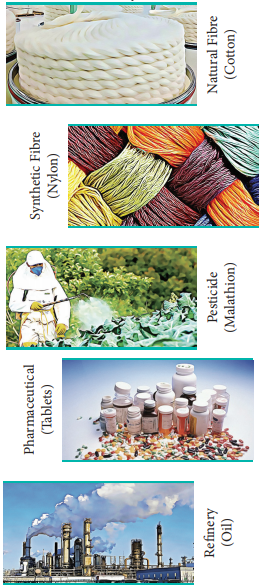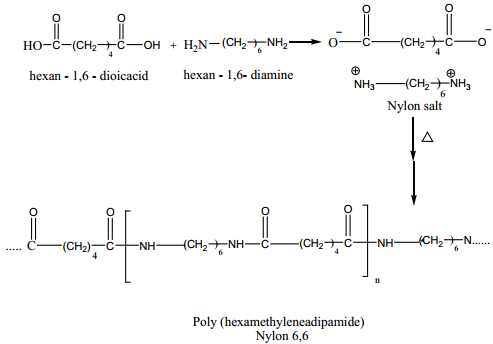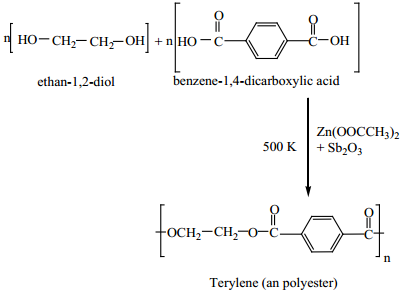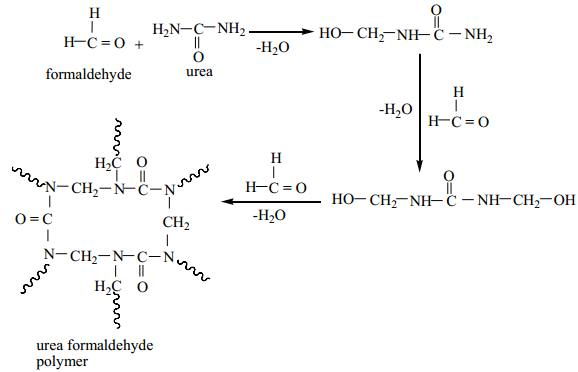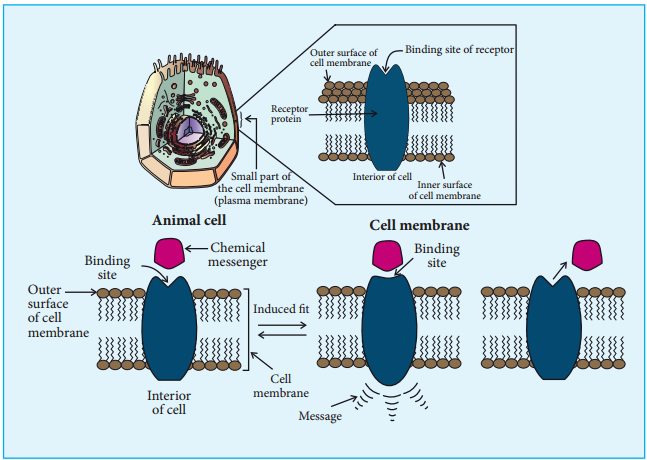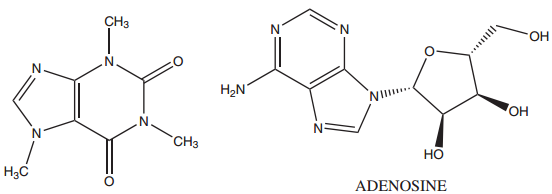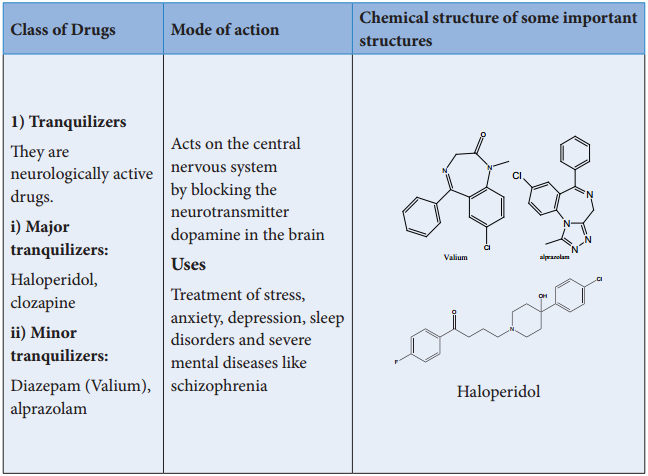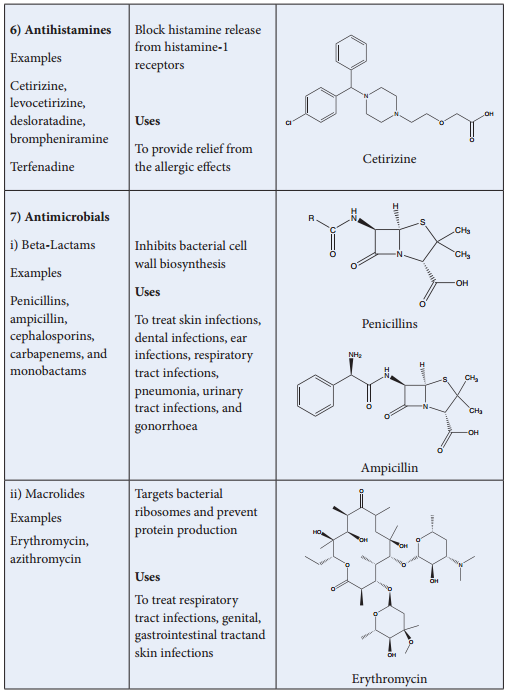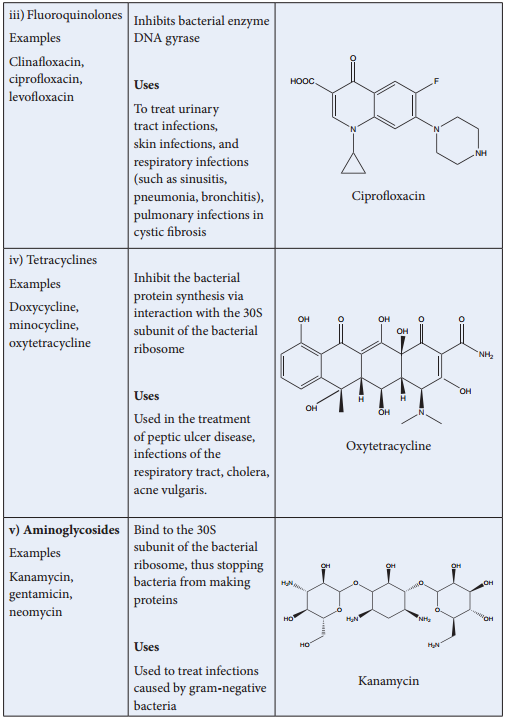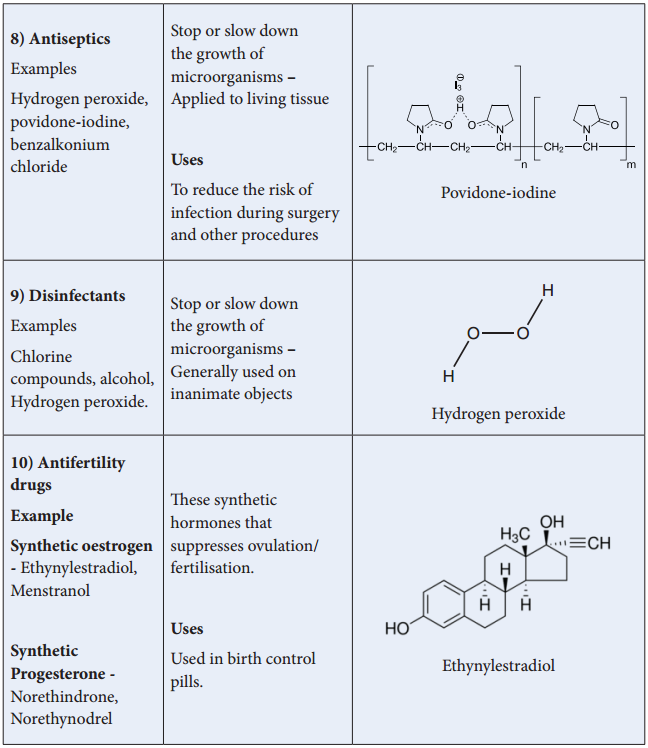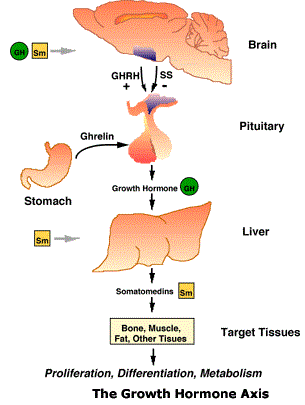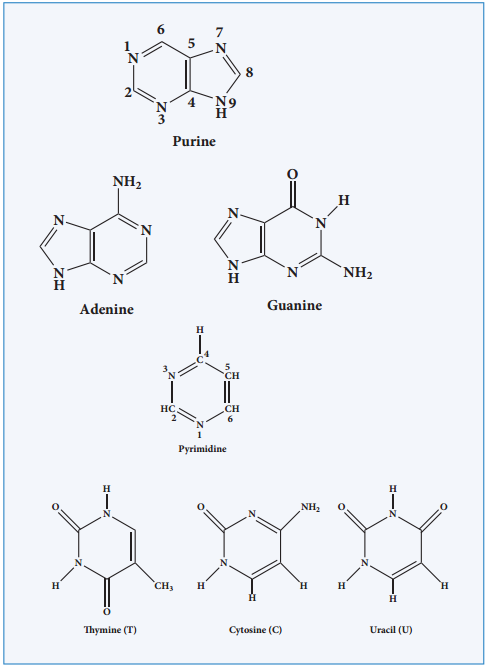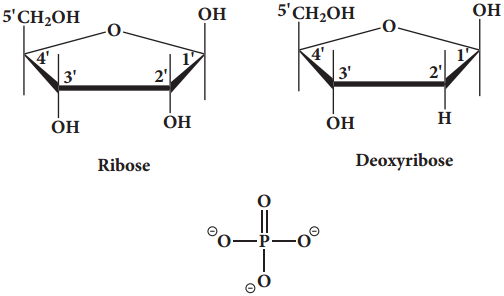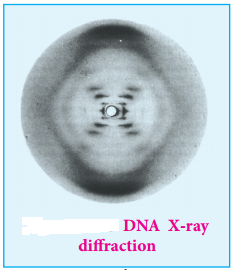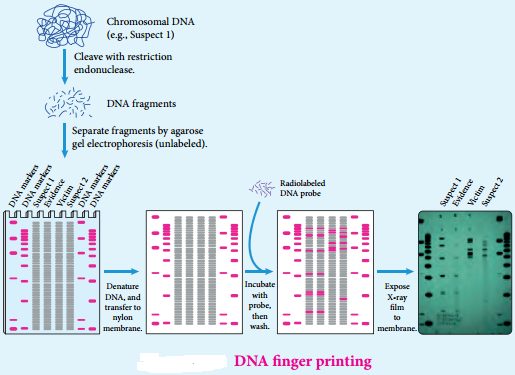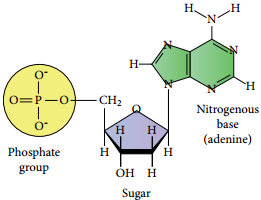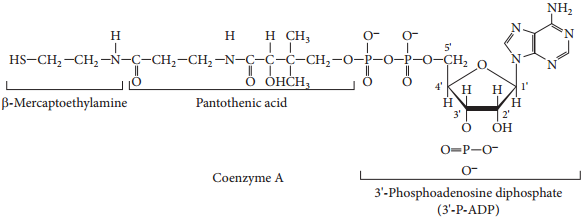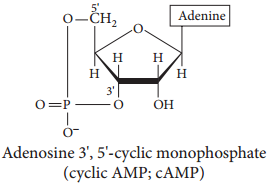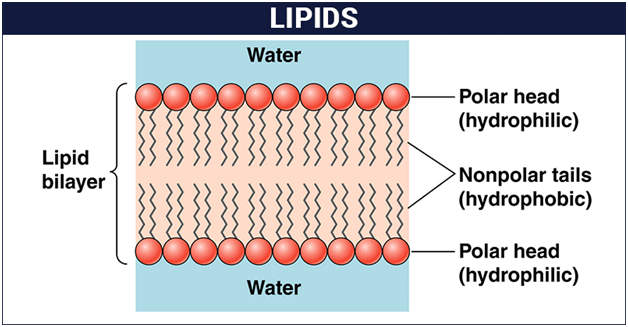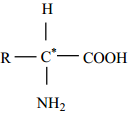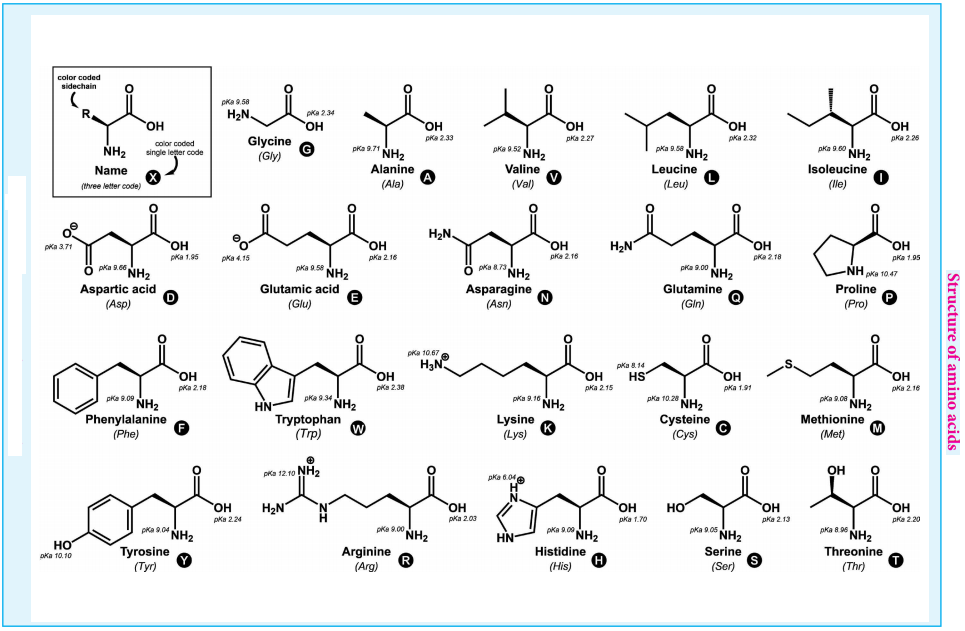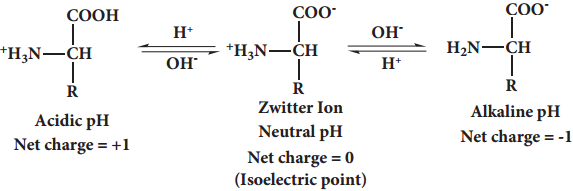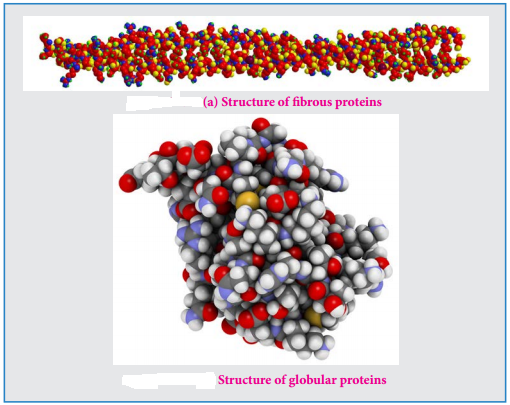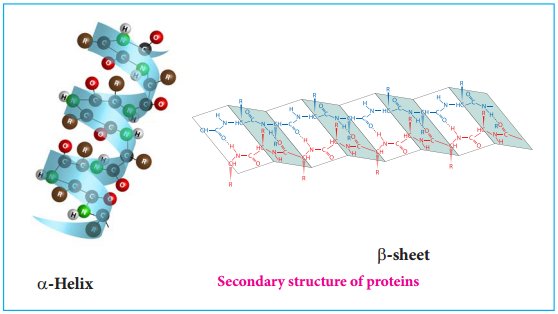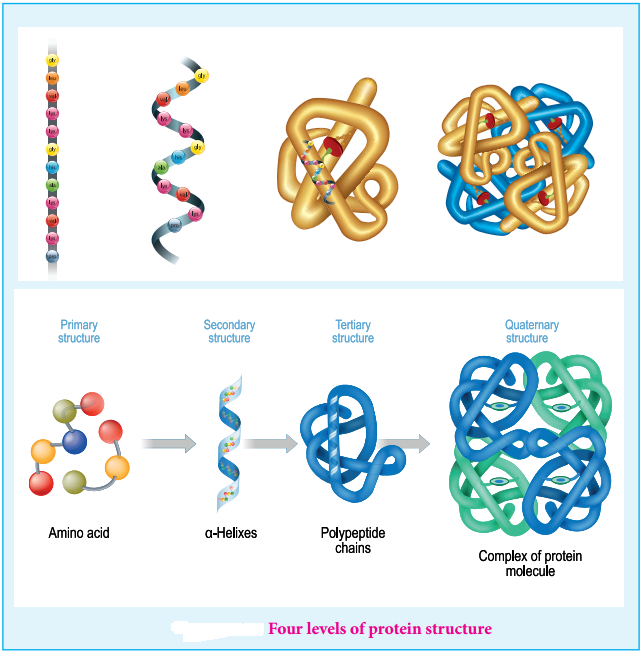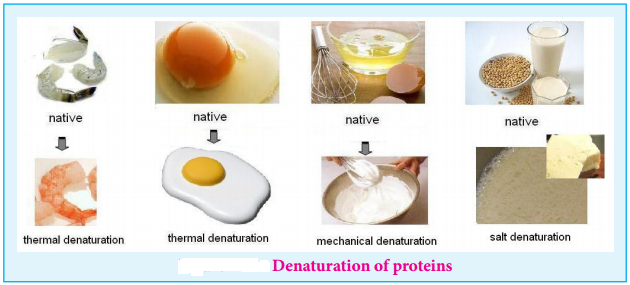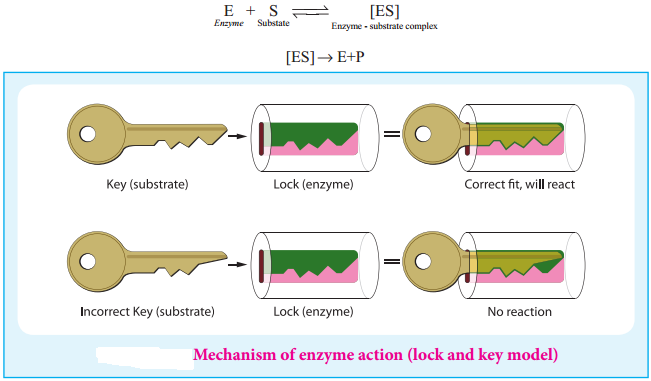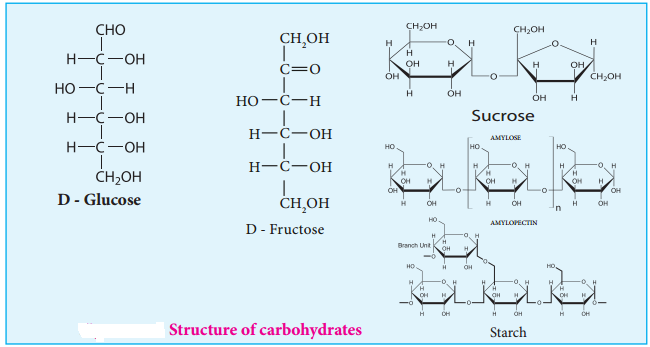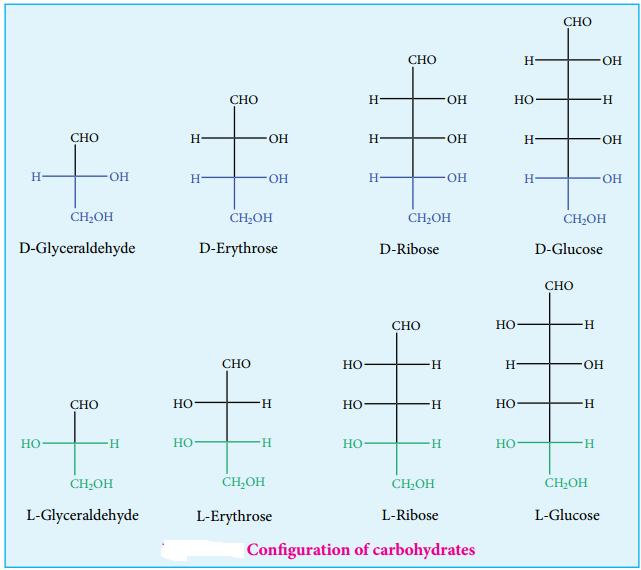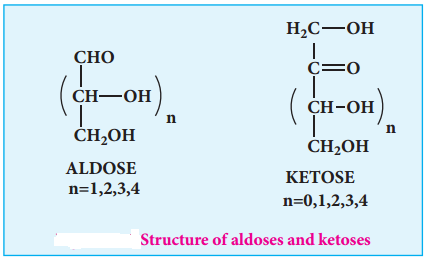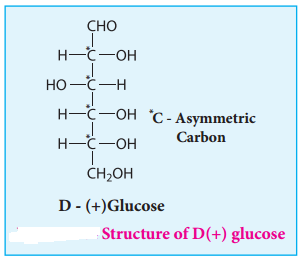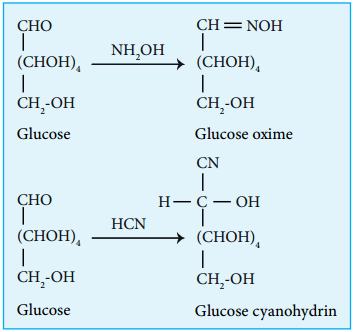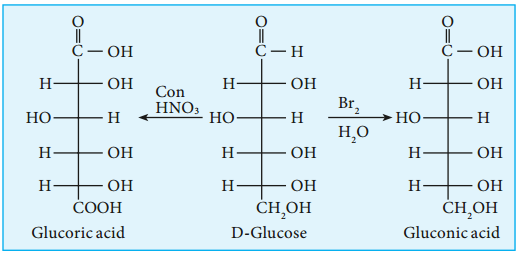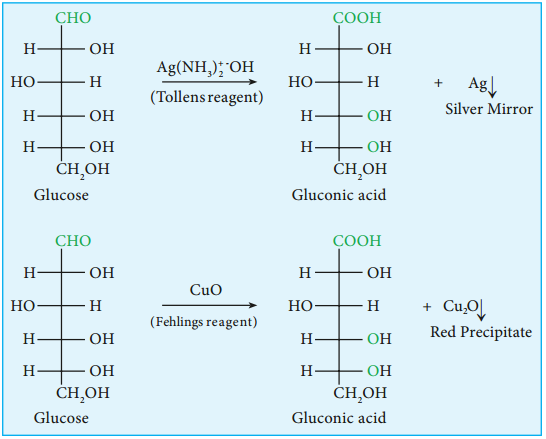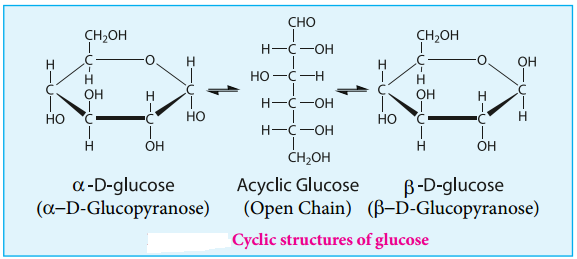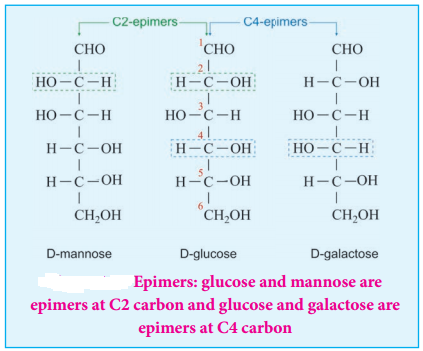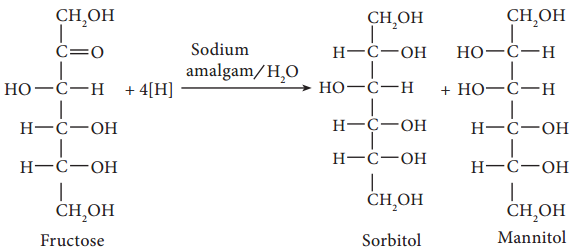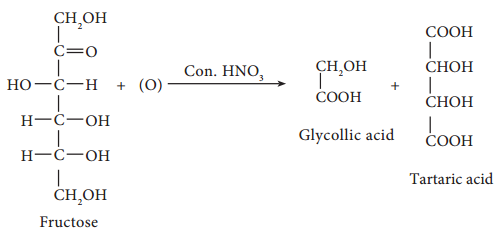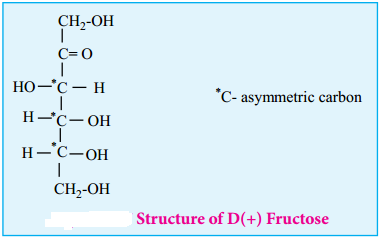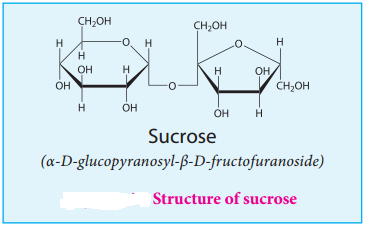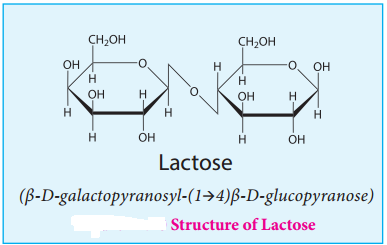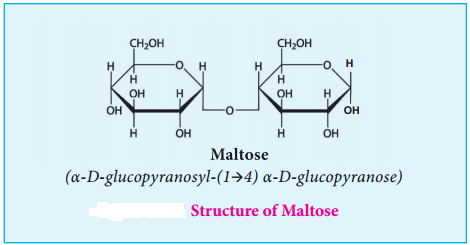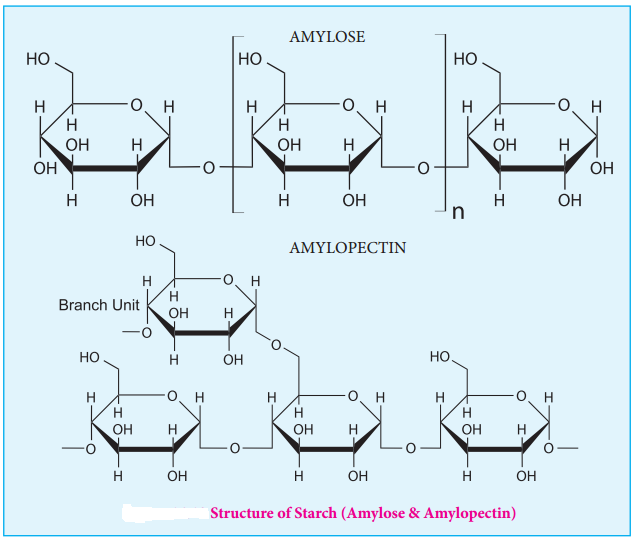Find free online Chemistry Topics covering a broad range of concepts from research institutes around the world.
Chemistry In Everyday Life – Importance, Examples, Uses
‘Unna unavu, udukka udai, irukka idam’ – in Tamil classical language means food to eat, cloth to wear and place to live. These are the three basic needs of human life. Chemistry plays a major role in providing these needs and also helps us to improve the quality of life.
Chemistry has produced many compounds such as fertilizers, insecticides etc. that could enhance the agricultural production. We build better and stronger buildings that sustain different weather conditions with modern cements, concrete mixtures and better quality steel. We also have better quality fabrics.
Chemistry is everywhere in the world around us. Even our body is made up of chemicals. Continuous biochemical reactions occurring in our body are responsible for human activities. Chemistry touches almost every aspect of our lives, culture and environment.
The world in which we are living is constantly changing, and the science of chemistry continues to expand and evolve to meet the challenges of our modern world. Chemical industries manufacture a broad range of new and useful materials that are used in every day life.
Examples: polymers, dyes, alloys, life saving drugs etc.
When HIV/AIDS epidemic began in early 1980s, patients rarely lived longer than a few years. But now many effective medicines are available to fight the infection, and people with HIV infection have longer and better life.
The understanding of chemical principles enabled us to replace the non eco friendly compounds such as CFCs in refrigerators with appropriate equivalents and increasing number of green processes. There are many researchers working in different fields of chemistry to develop new drugs, environment friendly materials, synthetic polymers etc. for the betterment of the society.
As chemistry plays an important role in our day-to-day life, it becomes essential to understand the basic principles of chemistry in order to address the mounting challenges in our developing country.
Chemistry is everywhere in the world around us. Even our body is made up of chemicals. Continuous bio-chemical reactions occurring in our body are responsible for human activities. Chemistry touches almost every aspect of our lives, culture and environment.
Chemistry is essential for meeting our basic needs of food, clothing, shelter, health, energy, and clean air, water, and soil. Chemical technologies enrich our quality of life in numerous ways by providing new solutions to problems in health, materials, and energy usage.
Food is made from chemicals. Many of the changes you observe in the world around you are caused by chemical reactions. Examples include leaves changing colors, cooking food and getting yourself clean. Knowing some chemistry can help you make day-to-day decisions that affect your life.
The scientific study of the chemical composition of living matter and of the chemical processes that go on in living organisms.
